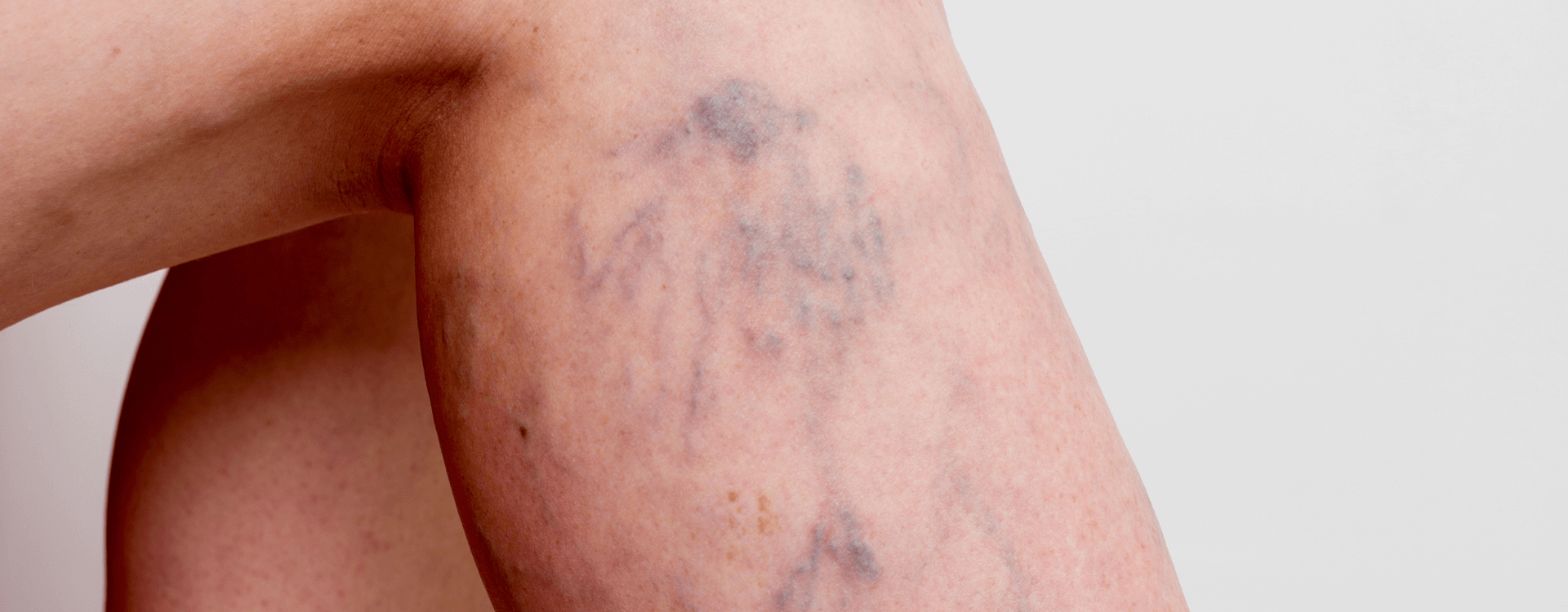Experience the transformative power of Radiofrequency Ablation (RFA) at Montville Medspa & Pain Center.
If you’re seeking a minimally invasive and highly effective solution to eliminate varicose veins and alleviate discomfort, you’ve come to the right place.
Features of RFA
Minimally invasive alternative: RFA offers a minimally invasive approach to eliminating abnormal veins, reducing the risk of infection and complications associated with traditional surgery.
Ultrasound-guided precision: Dr. D’Alessio will use ultrasound imaging to guide the procedure, ensuring accuracy and optimal results.
Outpatient procedure: RFA is an outpatient procedure that typically takes an hour or less to complete, allowing you to return to your daily activities with minimal downtime.
Covered by insurance: Most medical insurance plans cover the cost of RFA, making it an accessible treatment option for many individuals.
Complementary treatments: RFA can be combined with other vein procedures to achieve optimal results, providing comprehensive care tailored to your unique needs.
Advantages of RFA
Redirect blood flow to healthier veins: RFA redirects blood flow from diseased veins to healthier veins, improving circulation and reducing discomfort caused by varicose veins.
Minimize discomfort: RFA effectively relieves the discomfort associated with varicose veins, including pain, swelling, cramps, and discomfort.
Quick and lasting results: Many patients experience improvement in leg discomfort within a few days of the procedure. While the timeline for varicose veins to fully disappear may vary depending on size and duration, RFA provides long-lasting results.
Personalized treatment: Dr. D’Alessio will tailor the RFA procedure to your specific needs, treating 1 to 4 veins depending on the severity of your case.
Little to no pain during the procedure: Most patients report little to no pain during the RFA procedure, thanks to the use of local anesthetic and numbing medication for your comfort.
Benefits of RFA
Improved aesthetics: RFA effectively eliminates varicose veins, restoring the natural beauty of your legs and boosting your confidence.
Enhanced quality of life: By eliminating discomfort and improving circulation, RFA allows you to enjoy a more active and pain-free lifestyle.
Minimal downtime: With quick recovery time and minimal pain, RFA enables you to resume your normal activities immediately, including returning to work on the same day.
Resolves inflammation and tightness: RFA addresses inflammation, tightness, bruising, and other side effects associated with varicose veins, providing relief and enhancing your overall well-being.
Expert care and support: At Montville MedSpa & Pain Center, Dr. D’Alessio and team will provide personalized care and support throughout your RFA journey, ensuring your comfort and satisfaction.
Break Free from Varicose Veins and Pain Today
Schedule your Radiofrequency Ablation consultation at Montville MedSpa today and experience the life-changing benefits of this advanced procedure.
Don’t wait any longer – take action and experience the incredible benefits of Radiofrequency Ablation at Montville MedSpa. You deserve it.
Frequently Asked Questions About Radio Frequency Ablation
How does radiofrequency ablation work?
Radiofrequency Ablation (RFA) works by using radiofrequency energy to heat and contract the surrounding vessel, redirecting blood flow to healthier veins.
This minimally invasive procedure involves inserting a thin catheter through a small incision, which emits radiofrequency waves to treat the targeted veins. The procedure is guided by ultrasound imaging for precise and effective treatment.
What is the success rate of radiofrequency ablation?
Success rates and expected pain relief duration should be discussed with Dr. D’Alessio to determine the suitability of RFA for individual cases. Effectiveness of RFA varies depending on the cause and location of pain.
Is radiofrequency ablation safe?
Yes, radiofrequency ablation is considered a safe procedure. The minimally invasive nature of RFA reduces the risk of infection and complications associated with traditional surgery.
However, it is important to consult with a healthcare provider to determine if RFA is suitable for your specific medical condition and to discuss any potential risks or concerns.
Is radiofrequency ablation permanent?
The longevity of results may vary depending on individual factors, and it is advised to discuss the expected duration of pain relief with a healthcare provider.
How long does radiofrequency ablation take to heal?
Many patients experience improvement in leg discomfort within a few days after Radiofrequency ablation. The recovery time for RFA is relatively quick, allowing patients to resume their normal activities immediately, and many individuals can return to work on the same day.
It is important to follow post-procedure care instructions provided by Montville MedSpa & Pain Center and wear compression stockings as recommended for one week after the procedure to support healing.





